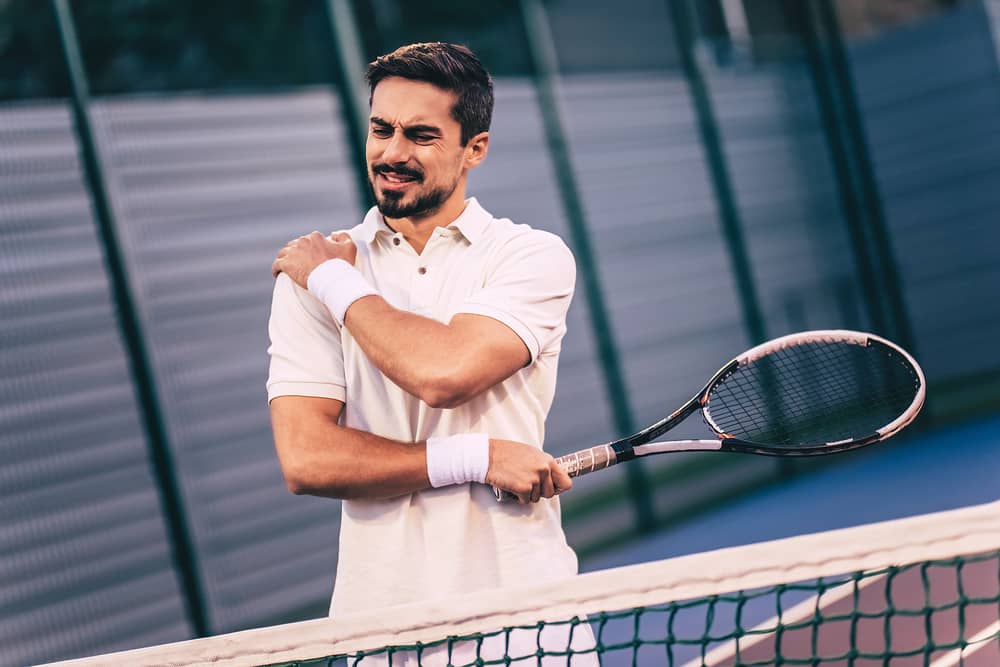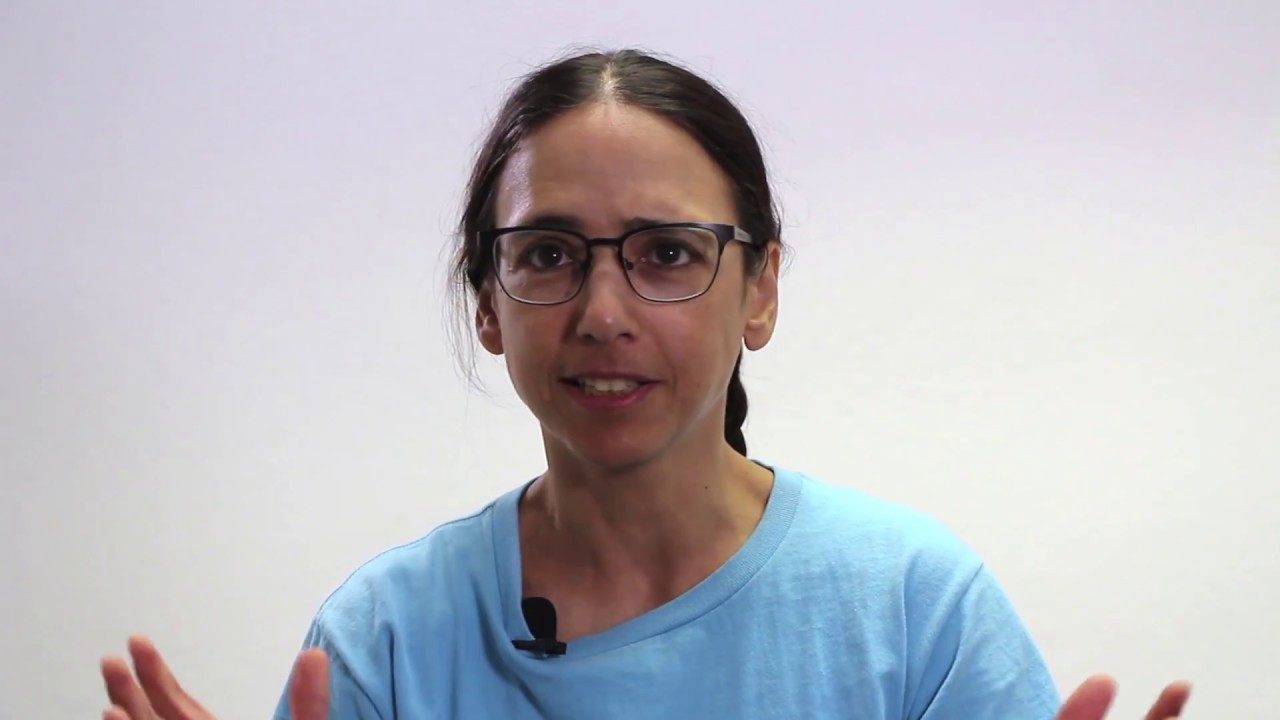Shoulder Repair
Hear From Our Patients
Rotator Cuff Surgery Patient Swims AlcatrazDue to the long recovery time, high failure rates, and pain of the surgery, shoulder rotator cuff repair and reconstructions are evolving. Here are the directions in which the science and clinical practice are heading.

The rotator cuff of the shoulder is made up of four key tendons. These tendons attach the muscles of the shoulder to the top of the humerus (upper arm bone). Tearing them requires either a significant force—such as a hard fall—or the tendons being partially degraded by disease and aging. The techniques of surgical repair evolved from simple suturing to anchoring the tendon into the bone with stiff, permanent sutures and multiple screw-like devices. What could go wrong with this idea of lots of artificial material squashing fragile tendons? Everything.
First of all, a diseased tendon does not heal back to normal just because the leading edge is tensioned to the bone. That’s because the entire tendon structure is abnormal to start with. Even a healthy tendon, if ruptured by brute force, does not tear cleanly at one edge; it frays within itself, just as a climbing rope unravels internally when overloaded. Secondly, the artificial stiff sutures create stress risers: places where the stress is much higher than in the surrounding area. As a result, a failure of the tendon slightly away from the suture occurs frequently after the patient returns to strengthening exercises or sports. Thirdly, the anchors in the bone create sockets that cause bony reactions. This is seen as bone edema or swelling on the MRI and is often a source of pain months after surgery.
The use of the solutions being tested and deployed today will expand through 2021. Almost all rotator cuff tears will be augmented by patches of dermis or other tissue grafts. These grafts will be stimulated to heal by the addition of growth factors and the recruitment of stem-cell-derived self-repair cells. There is clear evidence that these grafts increase the collagen thickness of the repaired tissues and, therefore, improve their healing.
Rather than permanent sutures, the new sutures used to anchor both the torn tendons and the collagen augmentation devices will be very slow-degrading, in order to avoid the stress risers. The anchors, in turn, may be eliminated by slowly degrading staples and by trans osseous tunnels: pathways for the sutures made through the bone, rather than with attachment devices.
The rehabilitation programs will also advance dramatically. Right now, most surgeons lock up their patients’ shoulders for extended periods of time due to the fear of tendon healing failure. With the new techniques, rehab will be accelerated, improving the blood flow to the repair as well as the psychological well-being of the patients.
Having undergone old-style rotator cuff repair, I can attest to the urgency of these improvements. While cost will always be brought up as a reason to avoid evolving, it is incumbent upon everyone involved to design these new products in cost-effective ways—and to train the surgeons in the importance of pushing the field forward for the benefit of patients everywhere.
Shoulders need not be the Achilles' heels of all overhead athletes. Rather, the experience of injury should be an opportunity—for the athlete and the surgeon— to train harder and play smarter.



